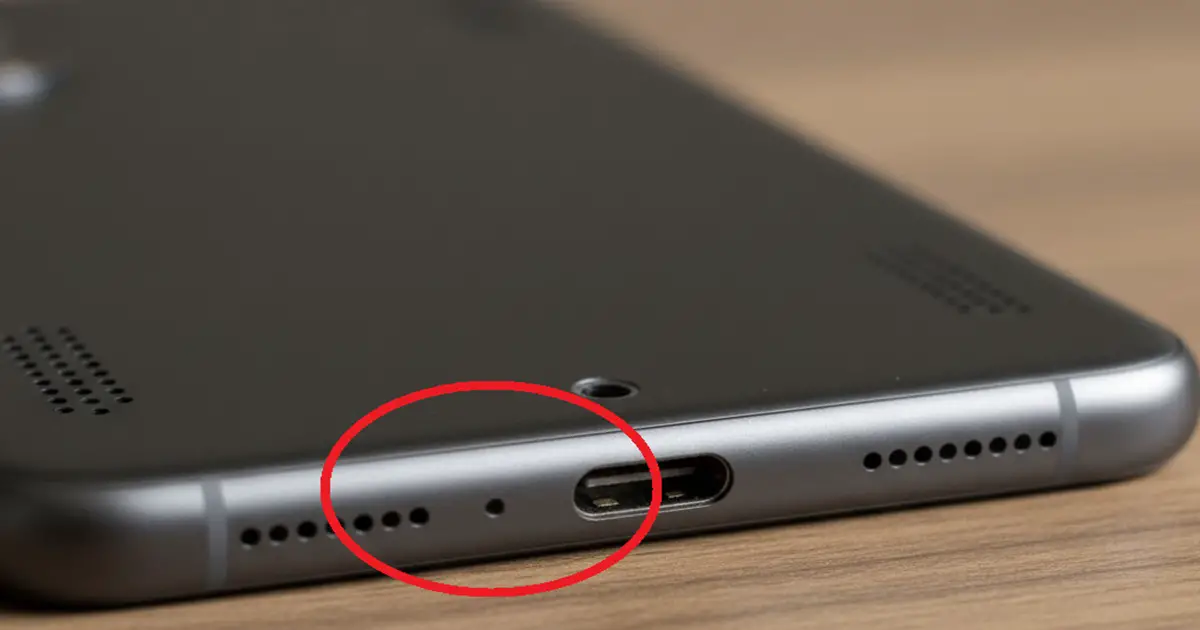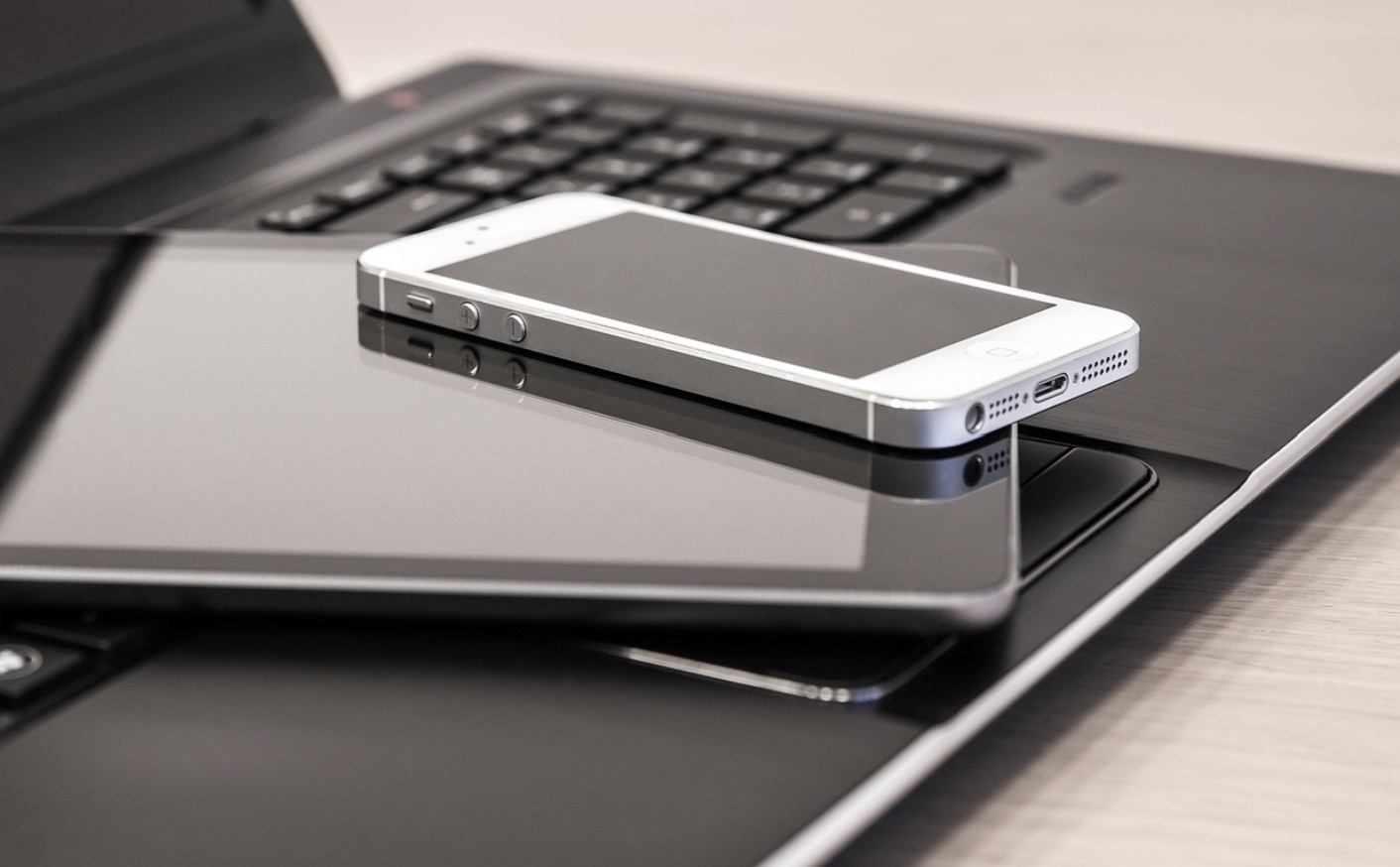That Tiny Hole on Your Phone Isn’t Useless — Here’s What It Actually Does

For illustrative purposes only. AI-generated image
Ever stared at your phone and thought, “What’s that tiny little hole on top?” You’re not alone. I used to think it was just part of the design—maybe a hidden button or just a weird vent. But nope, turns out those tiny round holes actually serve pretty important purposes. Not decorative. Not random. Definitely not secret spy cameras (yes, people have asked that). So if you’ve ever been curious about what the small hole on top of your phone does, let me break it down in plain, human terms.
Where Are These Small Holes Found?
First off, these little holes aren’t just on the top. You’ll usually find them:
- On the top edge of the phone
- On the bottom edge near the charging port
- Next to the SIM card tray
Their exact location might differ depending on your phone brand or model. For example, iPhones typically have one up top for noise cancellation and a few on the bottom for the main mic. Samsung, Google Pixel, OnePlus—they all have their own layouts, but the principles are the same. And no, they’re not there just for show.
Function #1: The Microphone Hole (Yes, Plural)
Most of the time, the small hole on top of your phone is a microphone—specifically, one used for noise cancellation. And it’s not alone. Your phone likely has multiple microphones scattered around its body. Here’s why:
- The main microphone (usually at the bottom) picks up your voice during calls.
- The top microphone works to cancel background noise by capturing ambient sounds and filtering them out.
- Some phones also use these mics for stereo audio recording when you’re filming video.
So yeah, that tiny hole is working harder than you’d expect. It’s the reason your friend can still hear you clearly when you’re calling from a crowded coffee shop or a windy street.

In my experience, one of the clearest differences between a cheap phone and a flagship one is how well it handles noise during calls—and a lot of that comes down to these extra mics doing their thing.
Function #2: The SIM Card Eject Hole
Now here’s a different kind of small hole—the SIM tray eject hole. It’s not a microphone at all. It’s a mechanical port where you insert a SIM eject tool (or if you’re like me, a paperclip you bent into submission) to pop out your SIM card tray.
You’ll usually find it next to a thin outline or a tiny rectangle—that’s the tray itself. When you insert the tool gently, the tray pops out with a click. It’s one of those “you don’t need it often, but when you do, thank goodness it’s there” features.
Important warning (and trust me on this):
Do NOT stick a SIM ejector into any hole that’s not beside the SIM tray.
Doing that could shove a pin into your microphone or sensor and seriously mess things up. I’ve seen it happen—and it’s not covered under warranty.
Function #3: Other Possible Sensors or Reset Holes
While most small holes are either mics or SIM tray access points, some phones may have additional tiny sensors—like for pressure equalization—or even manual reset holes on certain older or niche devices (think tiny Android TV boxes, not modern iPhones).
But for smartphones, these are pretty rare. You should never assume a small hole is a reset button unless the manufacturer explicitly says so. If you’re ever unsure, best to check the manual or look up your model online. A quick Google search can save you from a costly repair.
How to Tell Which Hole Is Which
Here’s how I usually figure it out:
- SIM tray hole: It’s right next to a visible tray outline. When you press into it, it releases the tray with a click.
- Microphone hole: No mechanical response. Just sits there flush and tiny. If you press into it, nothing happens—and that’s how it should be.
- Check your phone manual: Seriously, it takes 30 seconds and removes all doubt.
Some websites and forums have exploded diagrams or teardown videos—super useful if you’re the visual type like me.
Debunking the Myths: What It’s Not
Let’s clear up a few common misconceptions I’ve heard over the years:
- “It’s a hidden camera!” Nope. Cameras are always larger, usually visible, and covered with glass.
- “It helps with cooling.” Wrong again. Passive cooling holes on phones aren’t a thing. Your phone dissipates heat through its body, not random holes.
- “It’s a reset button.” Not unless you’re using some niche gadget or an old feature phone. Smartphones today rarely have manual reset pinholes.

Why These Tiny Holes Matter More Than You Think
These features aren’t afterthoughts. Smartphone manufacturers spend millions perfecting hardware design, and these holes play a big role in that. That microphone hole on top of your phone? It’s responsible for cleaner calls, clearer voice memos, and smoother voice commands.
And the SIM tray hole? Without it, you’d be wrestling with tweezers or prying open your phone like a caveman. Both of these tiny holes improve usability, functionality, and your overall experience—even if you barely notice them.
Final Tips to Avoid Accidental Damage
Let’s wrap with a few safety rules you really shouldn’t skip:
- Don’t stick anything into a hole unless you’re 100% sure it’s the SIM tray.
- Never clean microphone holes with pins or sharp objects. Use a soft brush or canned air if you must.
- Avoid exposing these holes to water or dust. Even water-resistant phones can be vulnerable over time.
Small but Mighty
So the next time you see that small hole on top of your phone, you’ll know exactly what it is. It’s probably not a button or a speaker or anything mysterious—it’s just doing its job quietly behind the scenes, helping your phone listen, record, and connect better.
In a world where everything’s getting sleeker and more seamless, it’s kinda cool that something so tiny can have such a big impact. Just goes to show—sometimes, the smallest features pack the biggest punch.